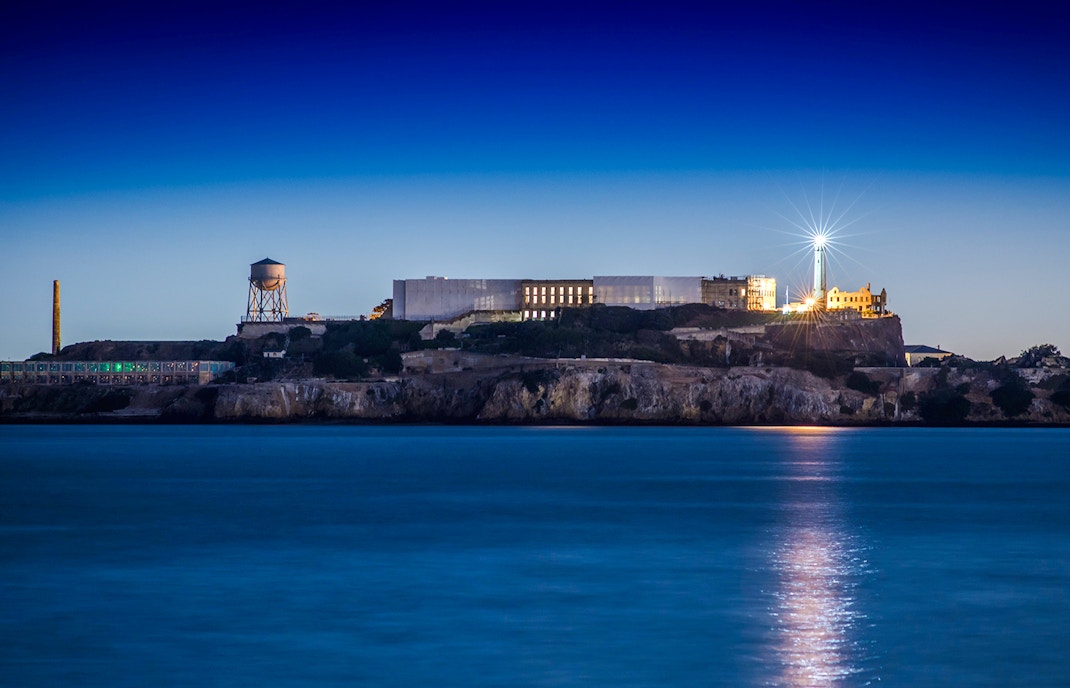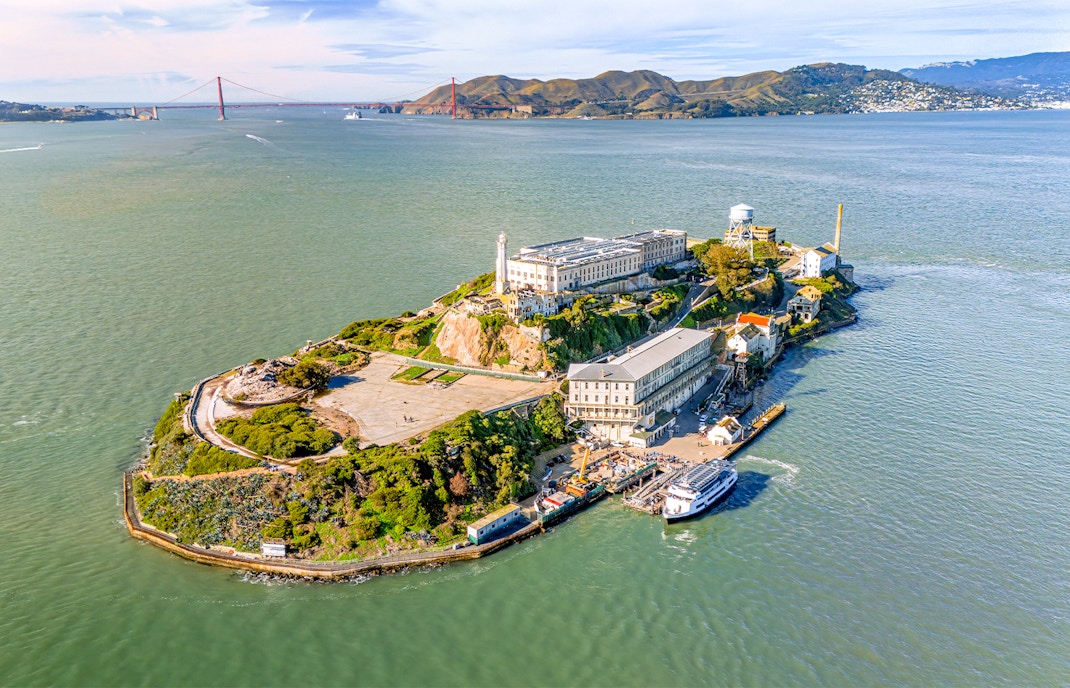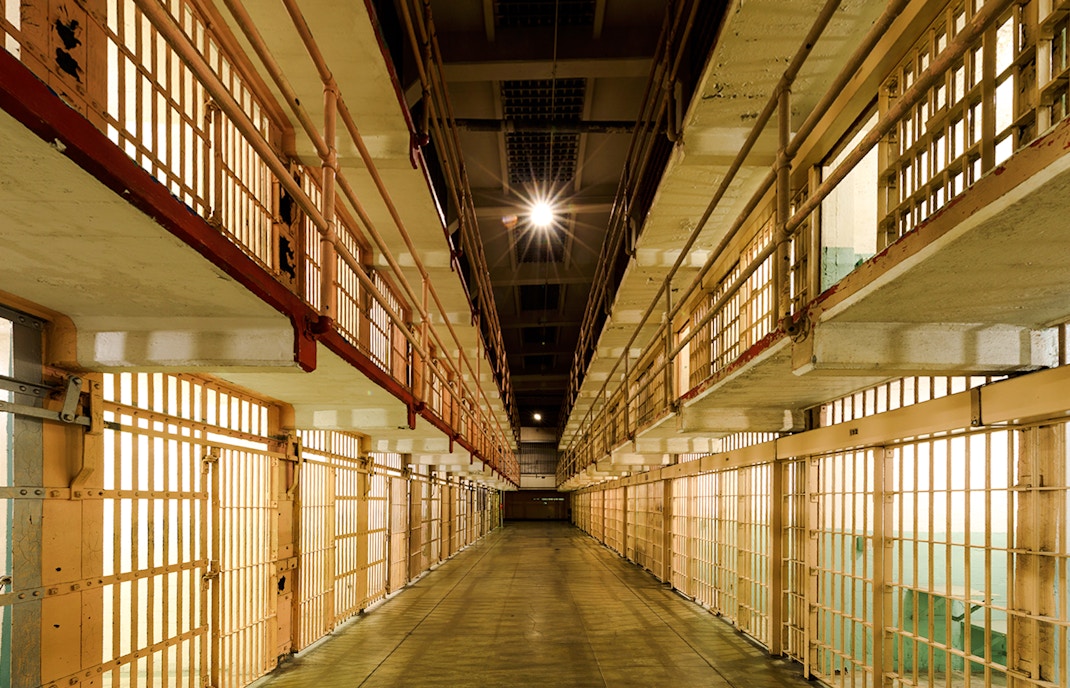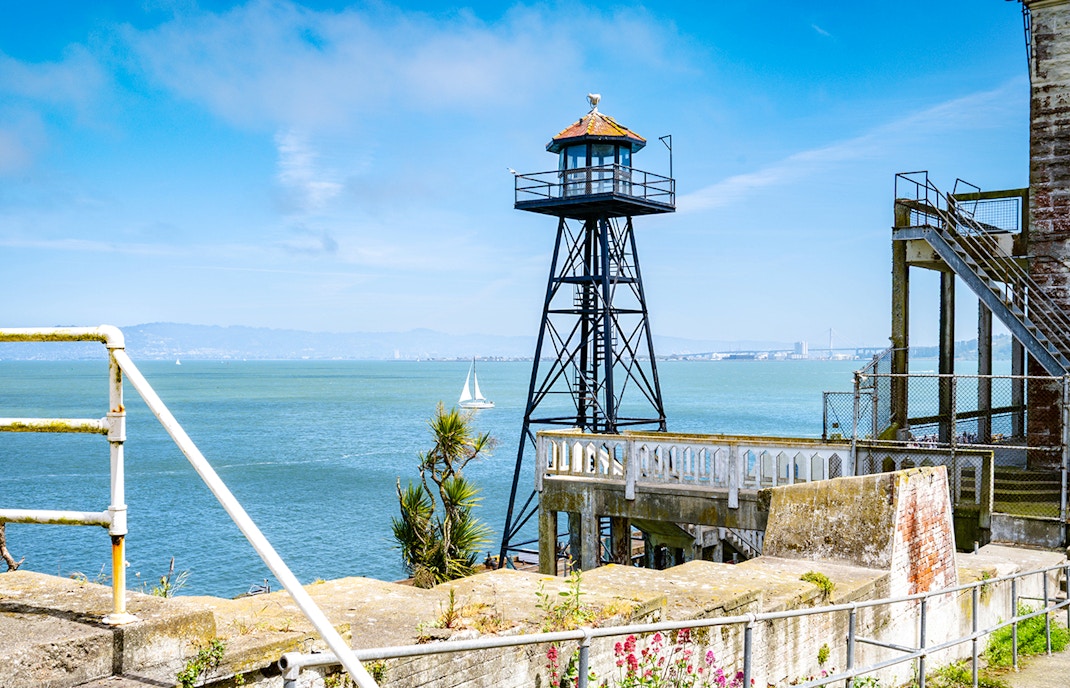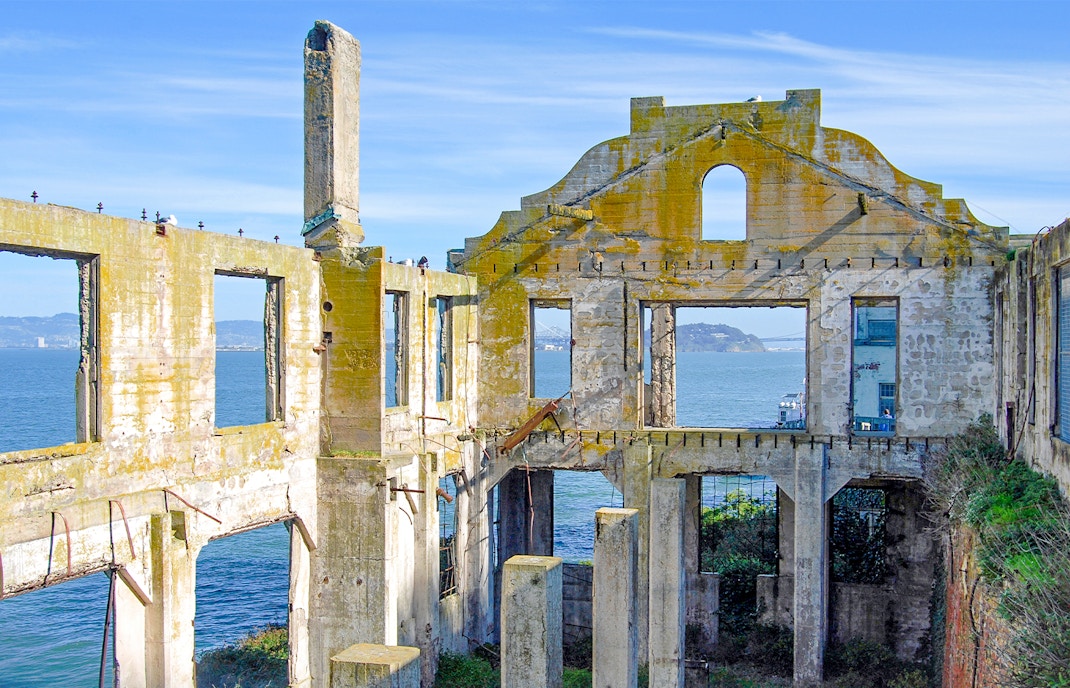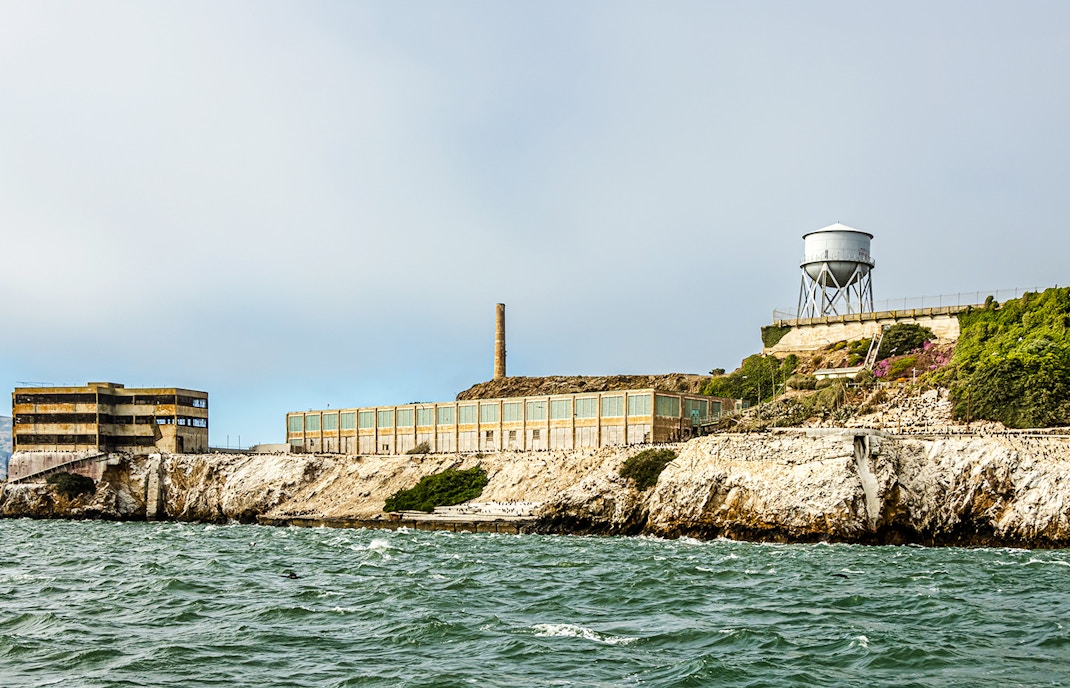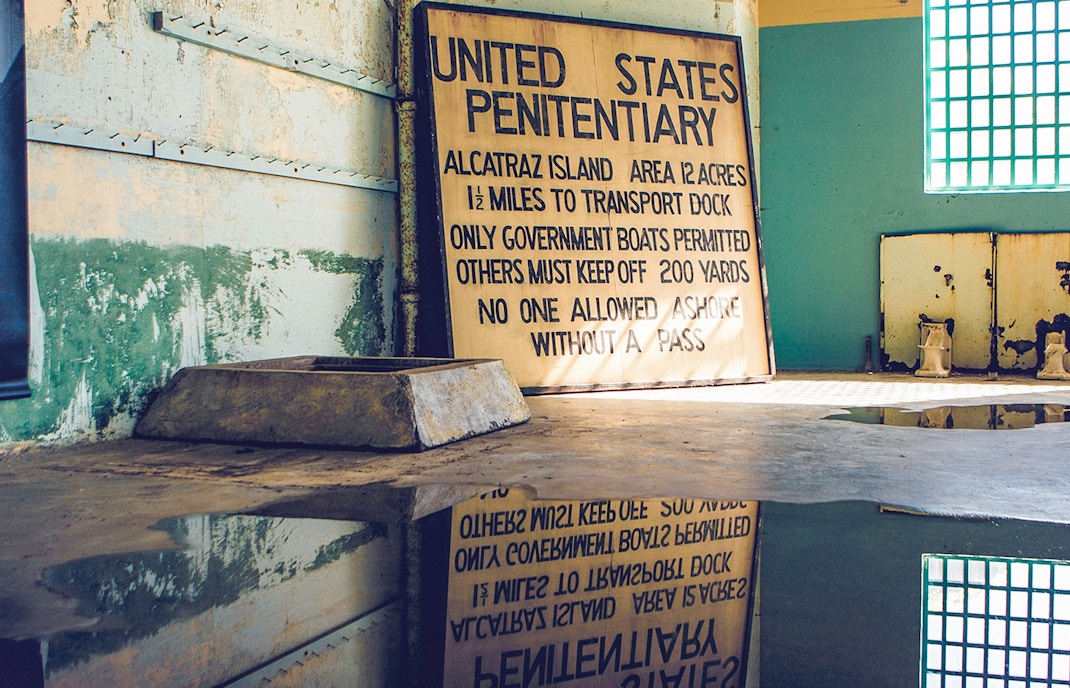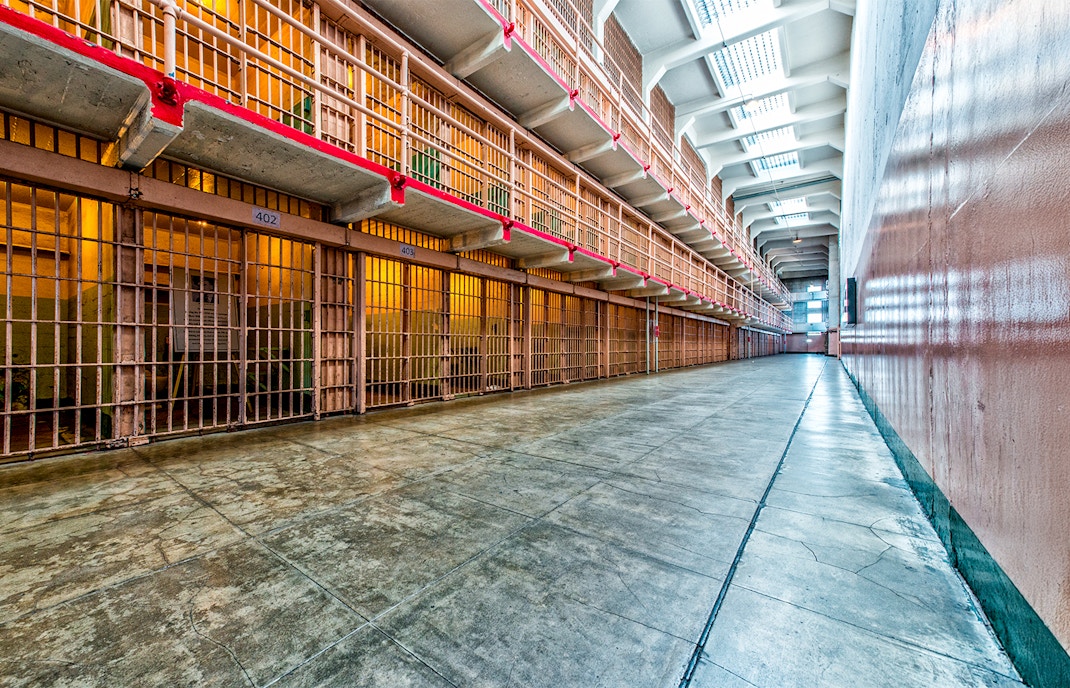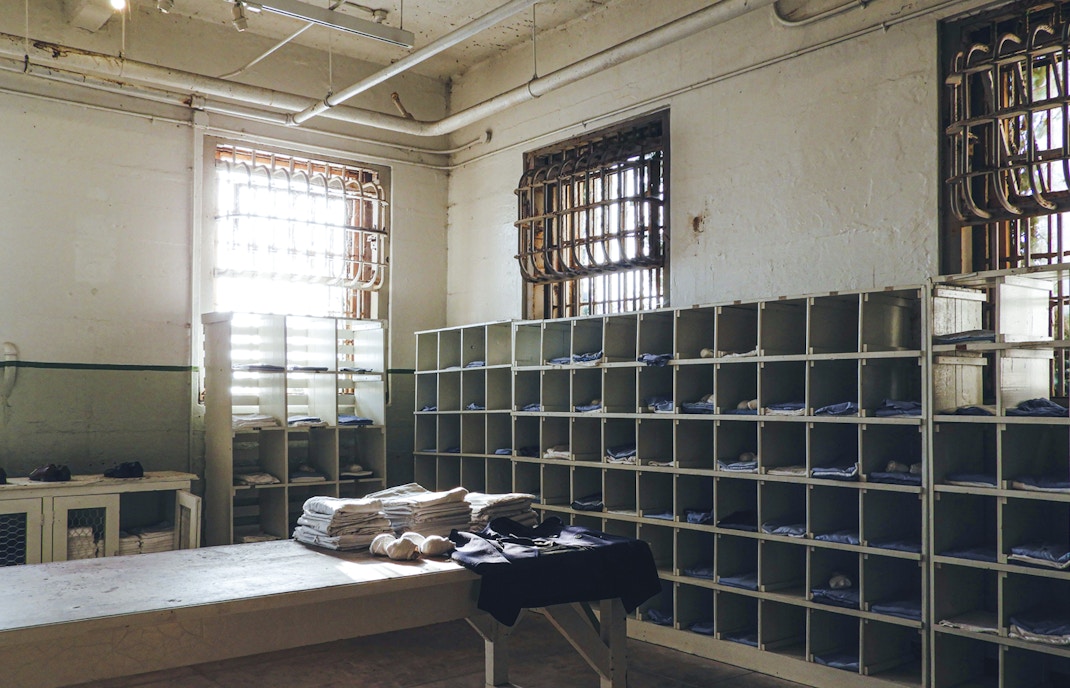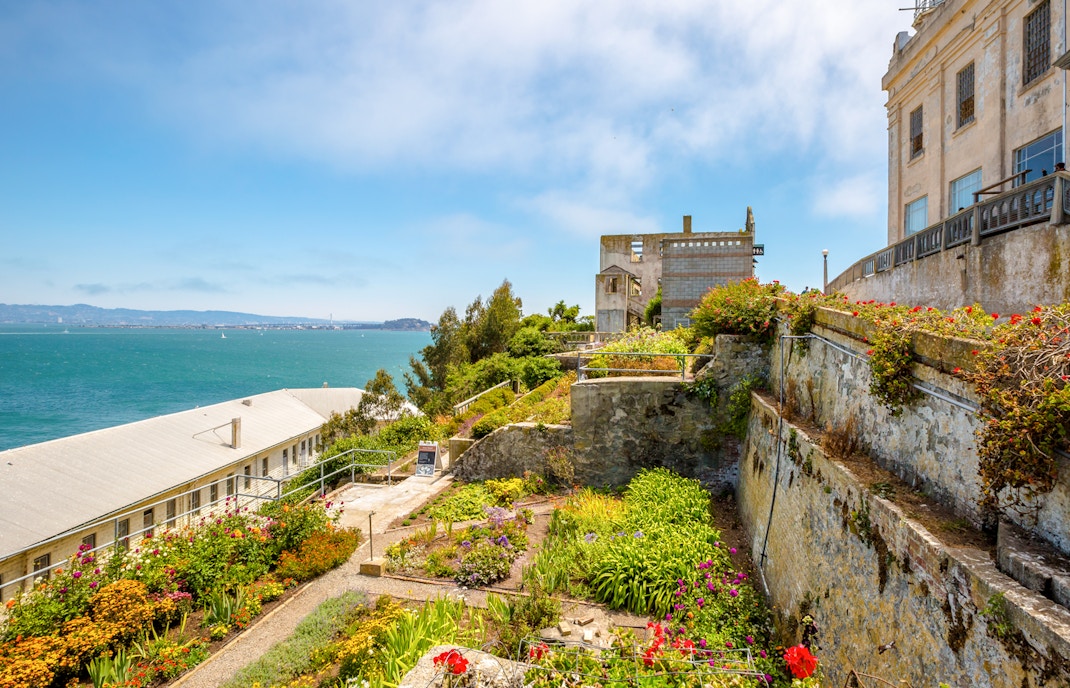In 1854, Alcatraz Island became the site of the first lighthouse on the U.S. West Coast. Its beacon helped ships navigate the often foggy and treacherous waters of San Francisco Bay. Though the original structure was later replaced, the lighthouse still stands today as a symbol of the island’s long maritime history.

